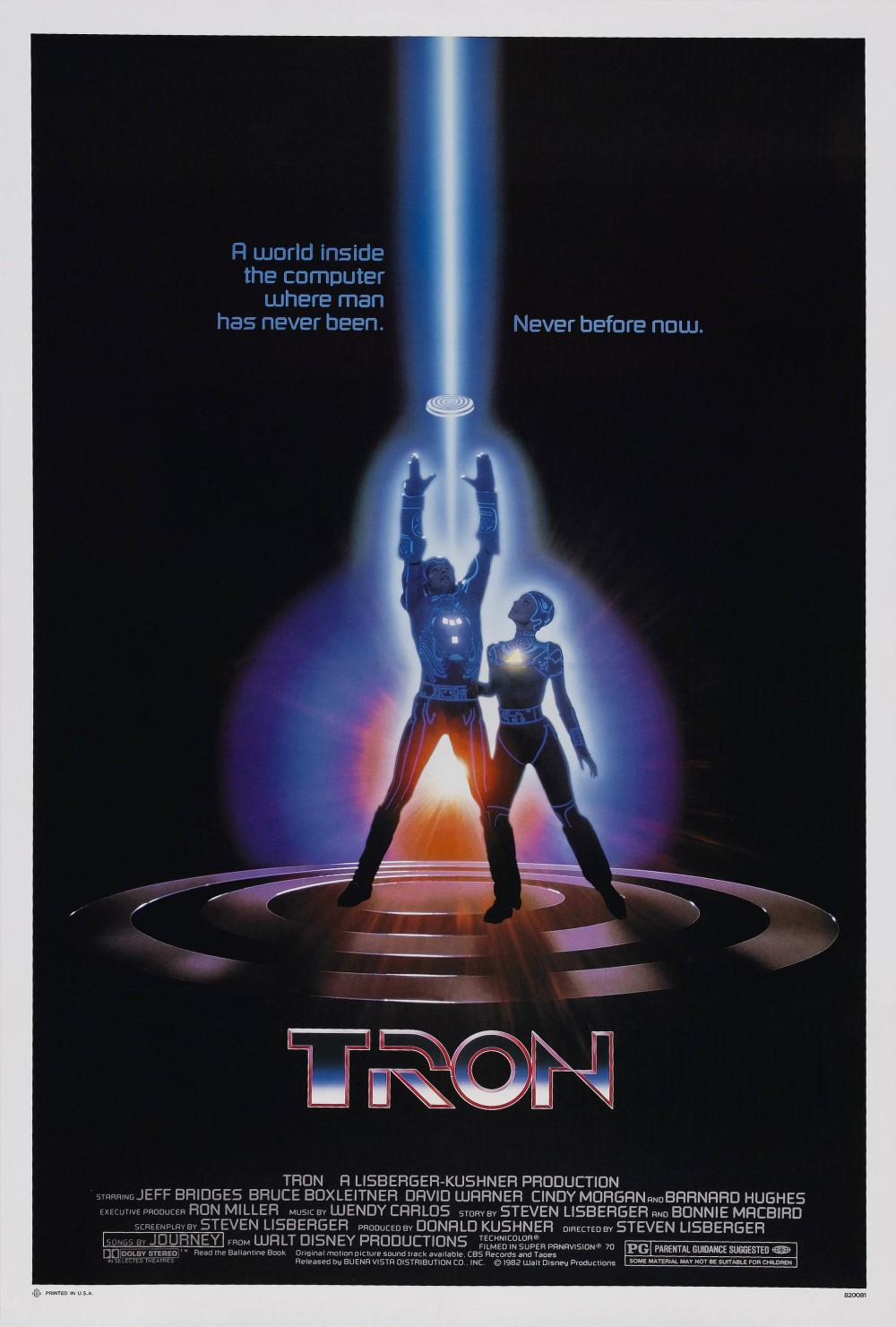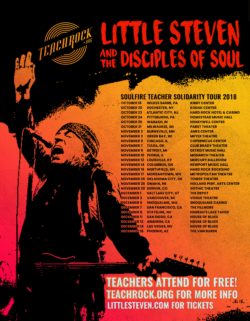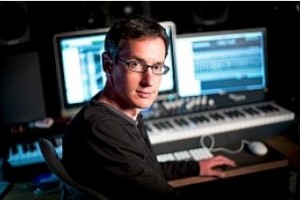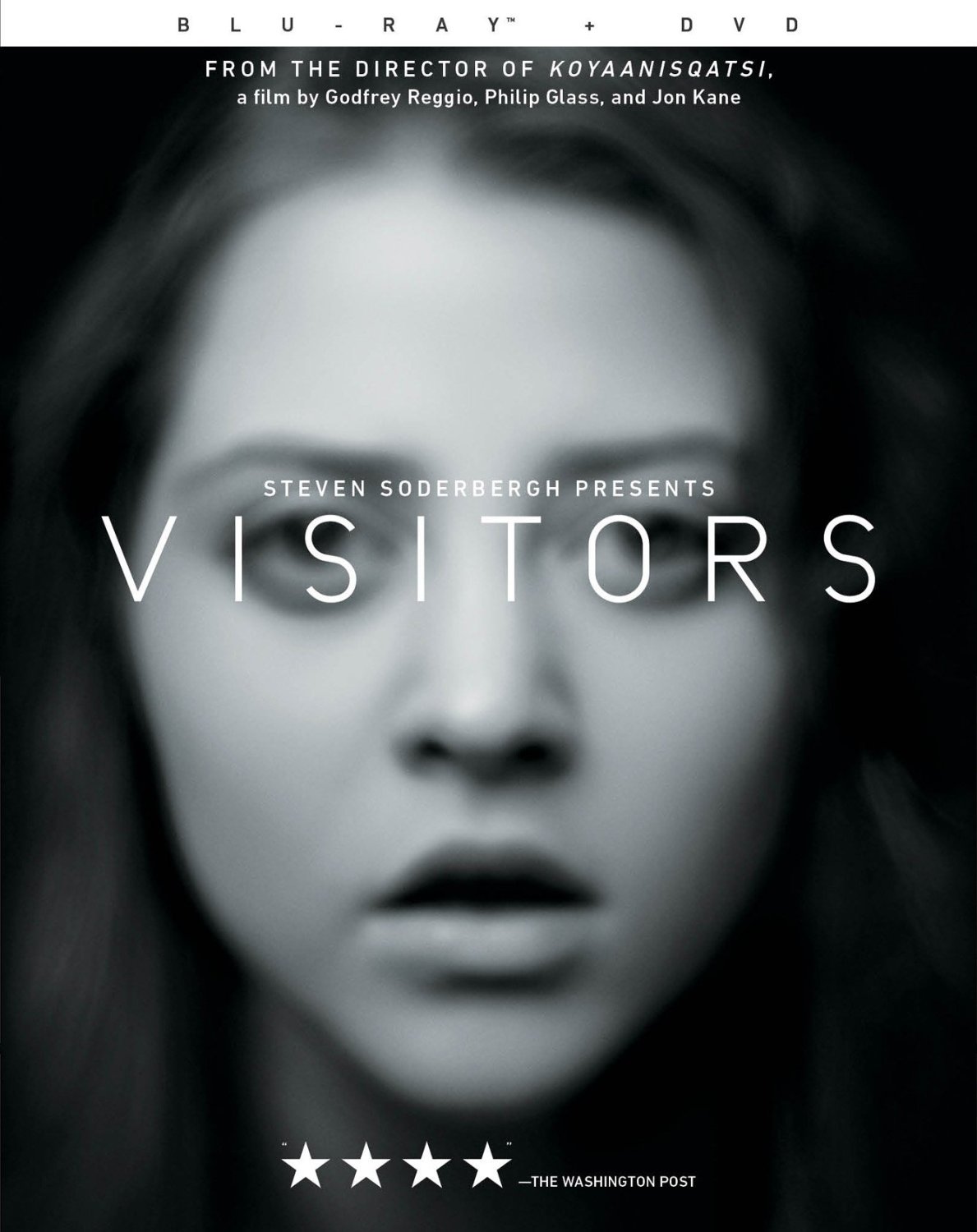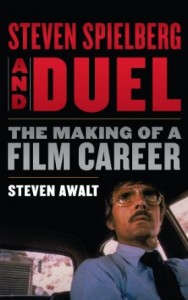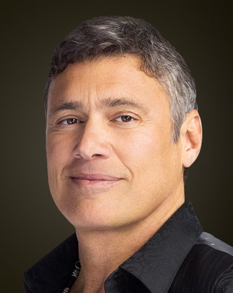LITTLE STEVEN AND THE DISCIPLES OF SOUL OFFER SOLIDARITY TO TEACHERS AND THE #REDFORED MOVEMENT WITH “SOULFIRE TEACHER SOLIDARITY TOUR 2018”
PERFORMING IN EVERY STATE TEACHERS HAVE BEEN STRIKING
OR ARE CONSIDERING GOING ON STRIKE
HOSTING PROFESSIONAL DEVELOPMENT EXPERIENCE TO INTRODUCE GROUNDBREAKING TEACHROCK MUSIC CURRICULUM
TICKETS TO NORTH AMERICAN TREK AVAILABLE FREE TO EDUCATORS OF ALL TYPES
DATES BEGIN OCTOBER 18TH IN WILKES BARRE, PA; SHOWS ON SALE NOW
SOULFIRE LIVE! BOX SETS AVAILABLE NOW FOR PRE-ORDER
Little Steven and the Disciples of Soul will show solidarity with and say thank you to hard-working teachers across North America with a landmark headline tour introducing TeachRock, the Rock and Roll Forever Foundation’s free, multimedia, K-12 interdisciplinary curriculum which meets prevailing standards in English Language Arts, Social Studies/History, the Fine and Performing Arts, and also includes STEAM and advisory material. The “Soulfire Teacher Appreciation Tour 2018” begins October 18th at The Kirby Center in Wilkes Barre, PA and then continues into December. All shows on sale now. For complete details and tickets, please visit www.littlesteven.com/on-tour.
The “Soulfire Teacher Solidarity Tour 2018” concerts are free for educators of all types (and a guest) – teachers are invited to sign up at teachrock.org/tour. Each show on the tour will also see Little Steven and his TeachRock staff hosting free professional development workshops designed to engage educators with techniques and content through which they can comfortably use music to inspire students, even if they’ve never touched an instrument. In many locations, the workshop will also count towards continuing education hours and license renewal.
The Little Steven and the Disciples of Soul Teacher Solidarity Tour Professional Development Experience will offer an introduction to the Teachrock.org curriculum, and include material suitable for K-12 teachers of all disciplines, interdisciplinary best practices, and group activities. In addition, the one-hour workshops will see a personal visit from Little Steven, with attendees also receiving a teacher-only edition “Teacher Appreciation Tour” t-shirt, a certificate of attendance, and tickets for the educator and a guest to that evening’s Little Steven and the Disciples of Soul concert.
“This is a little different than the professional development experience you may be used to,” says Little Steven. “This is a rock ‘n’ roll experience.”
Little Steven unveiled the “Soulfire Teacher Solidarity Tour” with a personal video announcement, streaming now at the official TeachRock YouTube channel HERE.
LITTLE STEVEN AND THE DISCIPLES OF SOUL:
SOULFIRE TEACHROCK TOUR 2018
OCTOBER
18 – Wilkes Barre, PA – Kirby Center
20 – Rochester, NY – Kodak Center
23 – Atlantic City, NJ – Hard Rock Hotel & Casino
24 – Pittsburgh, PA – Homestead Music Hall
29 – Wabash, IN – Honeywell Center
31 – Milwaukee, WI – Pabst Theater
NOVEMBER
2 – Burnsville, MN – Ames Center
3 – Green Bay, WI – Meyer Theatre
5 – Chicago, IL – Center
7 – Tulsa, OK – Brady Theater
9 – Detroit, MI – Detroit Music Hall
10 – Peoria, IL – Monarch Theater
12 – Louisville, KY – Mercury Ballroom
14 – Columbus, OH – Newport Music Hall
16 – Northfield, OH – Hard Rock Rocksino
17 – Morgantown, WV – Metropolitan Theatre
26 – Oklahoma City, OK – Tower Theatre
28 – Omaha, NE – Holland Performing Arts Center
30 – Denver, CO – Gothic Theatre
DECEMBER
1 – Salt Lake City, UT – The Depot
3 – Vancouver, BC – Vogue Theatre
5 – Snoqualmie, WA – Snoqualmie Casino
7 – San Francisco, CA – The Fillmore
8 – Stateline, NV – Harrah’s Lake Tahoe
11 – San Diego, CA – House of Blues
12 – Anaheim, CA – House of Blues
14 – Las Vegas, NV – House of Blues
16 – Phoenix, AZ – Van Buren
Steven Van Zandt’s Rock and Roll Forever Foundation is a 501(c)(3) organization that integrates arts throughout K-12 classrooms via rich, standard-aligned lesson plans and hands-on teacher workshops, all delivered to educators and districts at no cost. TeachRock is a standards-aligned arts integration curriculum that uses the history and culture of popular music to engage students in all disciplines. From social studies and language arts to geography, STEAM, general music, and more: TeachRock has engaging and meaningful material for every K-12 classroom, and it’s all shared with teachers and students at no cost. TeachRock is endorsed by the National Council for the Social Studies, the National Association for Music Education, and the National Council for Geographic Education, with partners including Scholastic Inc., PBS, Reelin’ in the Years, ABC News, Rock’s Backpages, New York University’s Steinhardt School, and the Grammy Museum. For lesson plans and additional information, please visit teachrock.org.
“Music will forever be humanity’s most effective and consistent source of inspiration and motivation,” says Little Steven, “and, we have learned, music turns out to be our most solid common ground for establishing communication between teachers and students which is where education begins.”
The “Soulfire Teacher Solidarity Tour” follows the recent release of SOULFIRE LIVE!, a spectacular new live collection recorded last year in North America and Europe during Little Steven’s first world tour in nearly two decades. The 3CD and LP editions feature an exclusive third disc highlighted by superstar guest performances recorded throughout the trek, including Bruce Springsteen, Richie Sambora, Peter Wolf, and Jerry Miller (of Moby Grape). SOULFIRE LIVE! is available now via Wicked Cool/Big Machine/UMe. A unique 7LP vinyl box set and Blu-ray edition of SOULFIRE LIVE! is also on the way and is available to pre-order now.
DOWNLOAD/STREAM SOULFIRE LIVE!
PURCHASE SOULFIRE LIVE! BOX SETS
An epic and electrifying journey through rock ‘n’ roll history led by one of its most passionate practitioners, SOULFIRE LIVE! showcases Stevie Van Zandt’s limitless knowledge, talent, and sheer love for the genre in all its many shapes and guises. Among the album’s many highlights are original songs from throughout Little Steven’s illustrious career – including classics like “Standing In The Line Of Fire” and “I Don’t Want To Go Home” – alongside a number of favorite cover versions like The Electric Flag’s “Groovin’ Is Easy,” Etta James’ “Blues Is My Business,” and James Brown’s “Down And Out In New York City,” the latter two songs also featured on last year’s critically acclaimed SOULFIRE. In addition, SOULFIRE LIVE! includes Van Zandt’s inimitable introductions, detailing each song’s unique history and singular spot in his life and illustrious career.
Little Steven Van Zandt is of course known around the world for his utterly personal songwriting and an ambitious adventurousness that has fueled much of his creative output these past two decades. In addition to his ongoing role as a touring and recording member of The E Street Band, he has also expanded his artistic parameters to include landmark work as an actor on The Sopranos and Lilyhammer as well as host, historian, and rock ‘n’ roll advocate on Sirius XM’s one-and-only “Little Steven’s Underground Garage” (not to mention creator of Sirius XM’s long-running “Outlaw Country” format). Van Zandt has also expanding his musical boundaries to include composing the score for all three seasons of Lilyhammer and additional work as producer and songwriter, lending his distinctive craft to records from an array of international garage rockers.
Related Content
- Ace Frehley Releases New Music Video for “Rockin With the Boys”. New Solo Album Due 10/19
- Bassist Sam Rivers Discusses His New Band SleepKillers and Their Self Titled Debut Album
- Stellar Circuits Vocalist Ben Beddick Discusses the Bands New Album “Ways That Haunt”
- Judas Priest Announce Spring/Summer 2019 North American Tour
- Incite’s Richie Cavalera Discusses Their New Album “Built to Destroy”
